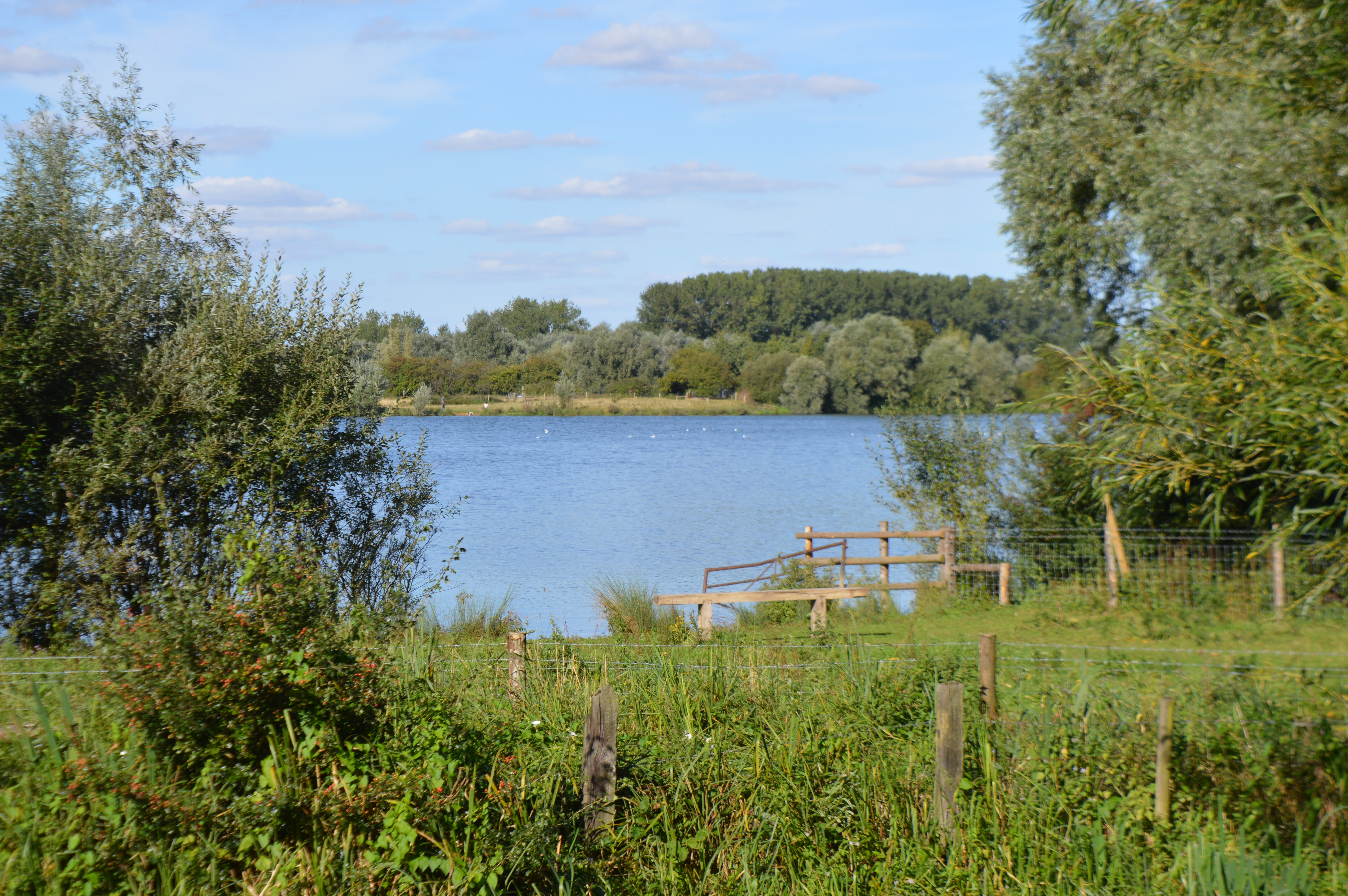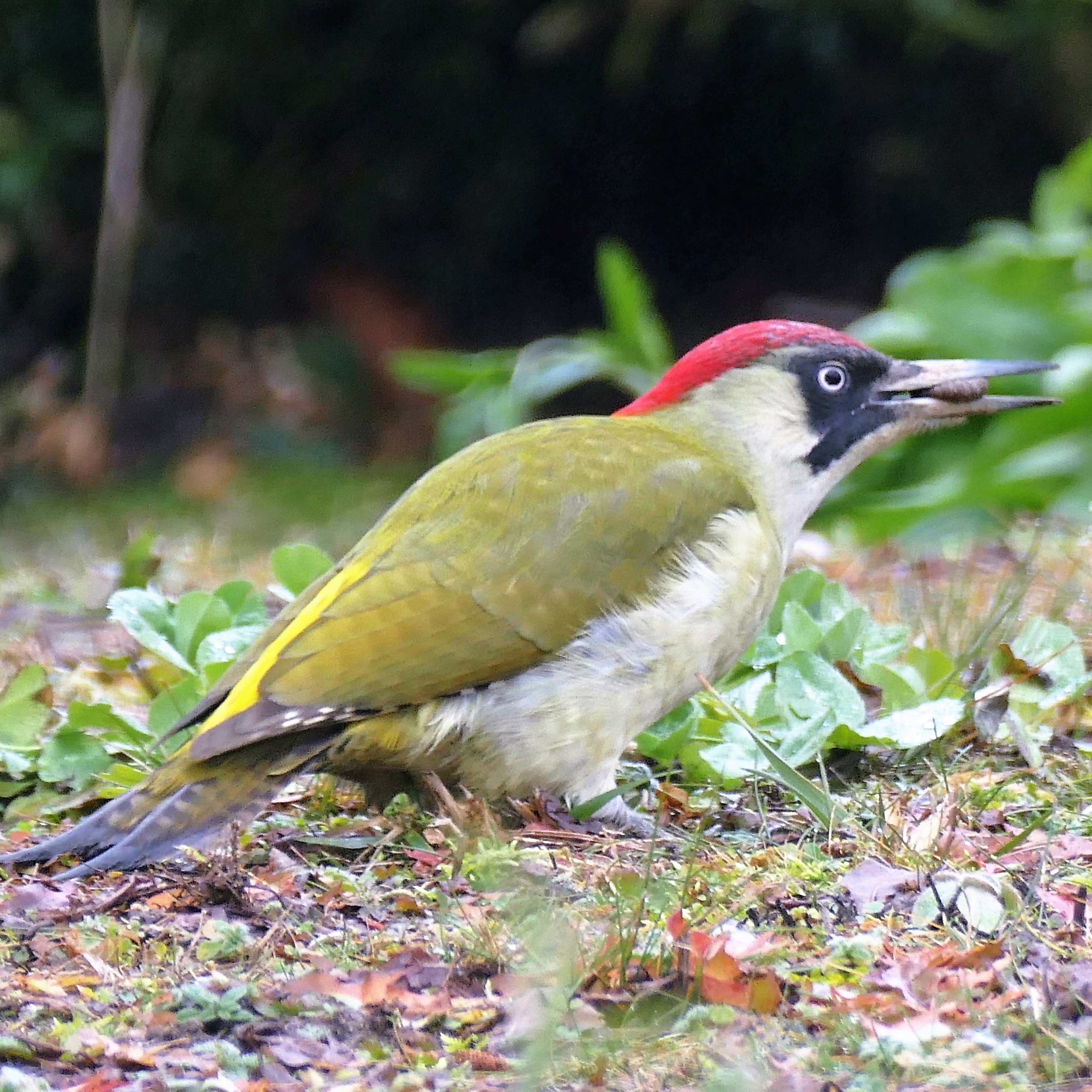|
Lady's Wood
Lady's Wood is a nature reserve west of Upwood in Cambridgeshire. It is managed by the Wildlife Trust for Bedfordshire, Cambridgeshire and Northamptonshire The Wildlife Trust for Bedfordshire, Cambridgeshire and Northamptonshire (WTBCN) is a registered charity which manages 126 nature reserves covering . It has over 35,000 members, and 95% of people in Bedfordshire, Cambridgeshire and Northamptonshi .... This wood was a traditional coppice, but many of the trees were cut down in the 1950s. Birds include blackcaps, fieldfares and green woodpeckers and there are invertebrates such as orange-tip butterflies and azure damselflies. There is access by a footpath from Bentley Close in Upwood. References {{Wildlife Trust for Bedfordshire, Cambridgeshire and Northamptonshire Wildlife Trust for Bedfordshire, Cambridgeshire and Northamptonshire reserves ... [...More Info...] [...Related Items...] OR: [Wikipedia] [Google] [Baidu] |
Upwood
Upwood is a village in the non-metropolitan district and historic counties of England, historic county of Huntingdonshire, England, although in the administrative county of Cambridgeshire. Upwood lies approximately north of Huntingdon, near Bury, Cambridgeshire, Bury. Upwood is in the civil parishes in England, civil parish of ''Upwood and The Raveleys''. The village lies along the High Street which runs parallel to the main road from Great Raveley to Ramsey, Cambridgeshire, Ramsey about 300 yards to the west. The church stands about the middle of the village and there are several 17th-century cottages to the north and south of it. In September 1917, the Royal Air Force started work on RAF Upwood, a large airfield near the village used by both the RAF and latterly by the United States Air Force. Three nature reserves, Lady's Wood, Ramsey Heights nature reserve, Ramsey Heights and Upwood Meadows, lie near to the village; the latter is a national nature reserve (United Kingdom), ... [...More Info...] [...Related Items...] OR: [Wikipedia] [Google] [Baidu] |
Cambridgeshire
Cambridgeshire (abbreviated Cambs.) is a Counties of England, county in the East of England, bordering Lincolnshire to the north, Norfolk to the north-east, Suffolk to the east, Essex and Hertfordshire to the south, and Bedfordshire and Northamptonshire to the west. The city of Cambridge is the county town. Following the Local Government Act 1972 restructuring, modern Cambridgeshire was formed in 1974 through the amalgamation of two administrative counties: Cambridgeshire and Isle of Ely, comprising the Historic counties of England, historic county of Cambridgeshire (including the Isle of Ely); and Huntingdon and Peterborough, comprising the historic county of Huntingdonshire and the Soke of Peterborough, historically part of Northamptonshire. Cambridgeshire contains most of the region known as Silicon Fen. The county is now divided between Cambridgeshire County Council and Peterborough City Council, which since 1998 has formed a separate Unitary authorities of England, unita ... [...More Info...] [...Related Items...] OR: [Wikipedia] [Google] [Baidu] |
Wildlife Trust For Bedfordshire, Cambridgeshire And Northamptonshire
The Wildlife Trust for Bedfordshire, Cambridgeshire and Northamptonshire (WTBCN) is a registered charity which manages 126 nature reserves covering . It has over 35,000 members, and 95% of people in Bedfordshire, Cambridgeshire and Northamptonshire live within five miles of a reserve. In the year to 31 March 2016 it employed 105 people and had an income of £5.1 million. It aims to conserve wildlife, inspire people to take action for wildlife, offer advice and share knowledge. The WTBCN is one of 36 wildlife trusts covering England, and 46 covering the whole of the United Kingdom. In 1912 Charles Rothschild formed the Society for the Promotion of Nature Reserves to protect sites considered "worthy of preservation". The society worked to secure statutory protection, and this began with the National Parks and Access to the Countryside Act 1949. In 1959 the society took on a coordinating role for local wildlife trusts, which covered the whole of Britain and Northern Ireland by 1 ... [...More Info...] [...Related Items...] OR: [Wikipedia] [Google] [Baidu] |
Sylvia Atricapilla
The Eurasian blackcap (''Sylvia atricapilla''), usually known simply as the blackcap, is a common and widespread typical warbler. It has mainly olive-grey upperparts and pale grey underparts, and differences between the five subspecies are small. Both sexes have a neat coloured cap to the head, black in the male and reddish-brown in the female. The male's typical song is a rich musical warbling, often ending in a loud high-pitched crescendo, but a simpler song is given in some isolated areas, such as valleys in the Alps. The blackcap's closest relative is the garden warbler, which looks quite different but has a similar song. The blackcap breeds in much of Europe, western Asia and northwestern Africa, and its preferred habitat is mature deciduous woodland. The male holds a territory when breeding, which is defended against garden warblers as well as other blackcaps. The nest is a neat cup, built low in brambles or scrub, and the clutch is typically 4–6 mainly buff eggs, which ... [...More Info...] [...Related Items...] OR: [Wikipedia] [Google] [Baidu] |
Turdus Pilaris
The fieldfare (''Turdus pilaris'') is a member of the thrush family Turdidae. It breeds in woodland and scrub in northern Europe and across the Palearctic. It is strongly migratory, with many northern birds moving south during the winter. It is a very rare breeder in Great Britain & Ireland, but winters in large numbers in the United Kingdom, Southern Europe, North Africa and the Middle East. It is omnivorous, eating a wide range of molluscs, insects and earthworms in the summer, and berries, grain and seeds in the winter. Fieldfares often nest in small colonies, possibly for protection from predators. The nest is built in a tree where five or six eggs are laid. The chicks are fed by both parents and leave the nest after a fortnight. There may be two broods in southern parts of the range but only one further north. Migrating birds and wintering birds often form large flocks, often in the company of redwings. The fieldfare is long, with a grey crown, neck and rump, a plain br ... [...More Info...] [...Related Items...] OR: [Wikipedia] [Google] [Baidu] |
Picus Viridis
The European green woodpecker (''Picus viridis'') is a large green woodpecker with a bright red crown and a black moustache. Males have a red centre to the moustache stripe which is absent in females. It is resident across much of Europe and the western Palearctic but in Spain and Portugal it is replaced by the similar Iberian green woodpecker (''Picus sharpei''). The European green woodpecker spends much of its time feeding on ants on the ground and does not often 'drum' on trees like other woodpecker species. Though its vivid green and red plumage is particularly striking, it is a shy bird, and is more often heard than seen, drawing attention with its loud calls. A nest hole is excavated in a tree; four to six eggs are laid which hatch after 19–20 days. Taxonomy The European green woodpecker was formally described by the Swedish naturalist Carl Linnaeus in 1758 in the tenth edition of his ''Systema Naturae'' under its current binomial name ''Picus viridis''. The type loc ... [...More Info...] [...Related Items...] OR: [Wikipedia] [Google] [Baidu] |
Anthocharis Cardamines
''Anthocharis cardamines'', the orange tip, is a butterfly in the family Pieridae, which contains about 1,100 species. ''A. cardamines'' is mainly found throughout Europe and temperate Asia (Palearctic) The males feature wings with a signature orange pigmentation, which is the origin of ''A. cardamines''' common name. Males and females of this species occupy different habitats: males mostly frequent the edges of forests whereas females frequent meadows. ''A. cardamines'' feeds on most plants found within its habitat but the females selectively oviposit on young inflorescence of crucifers. Mating is usually controlled by females as virgin females found in flight are always pursued by males immediately. Females can signal different meanings to the approaching males by using their abdomen. There is evidence that mated females have an anti-aphrodisiac and that their usage of the abdomen has a closely related function in presenting these pheromones to males. This species has been af ... [...More Info...] [...Related Items...] OR: [Wikipedia] [Google] [Baidu] |
Coenagrion Puella
The azure damselfly (''Coenagrion puella'') is a species of damselfly found in most of Europe. It is notable for its distinctive black and blue colouring. They are commonly found around ponds and lakesides during the summer. Morphology Adults Males Adult male azure damselflies have a head and thorax patterned with blue and black. They have an azure blue abdomen patterned with black markings. The marking on the second segment of the abdomen is U-shaped, separated from the segment's narrow terminal black band. (This distinguishes it from the variable damselfly where the U-shape is joined to the terminal band with a black line.) Segments three to five are blue with broader black terminal bands, lacking the forward-pointing projection the upper surface which adult male common blue damselfly has. Segment six has a similar pattern but with more restricted blue and a broader area of black, and segment seven is mostly black, with just a narrow blue area at the base. Segment eight a ... [...More Info...] [...Related Items...] OR: [Wikipedia] [Google] [Baidu] |



